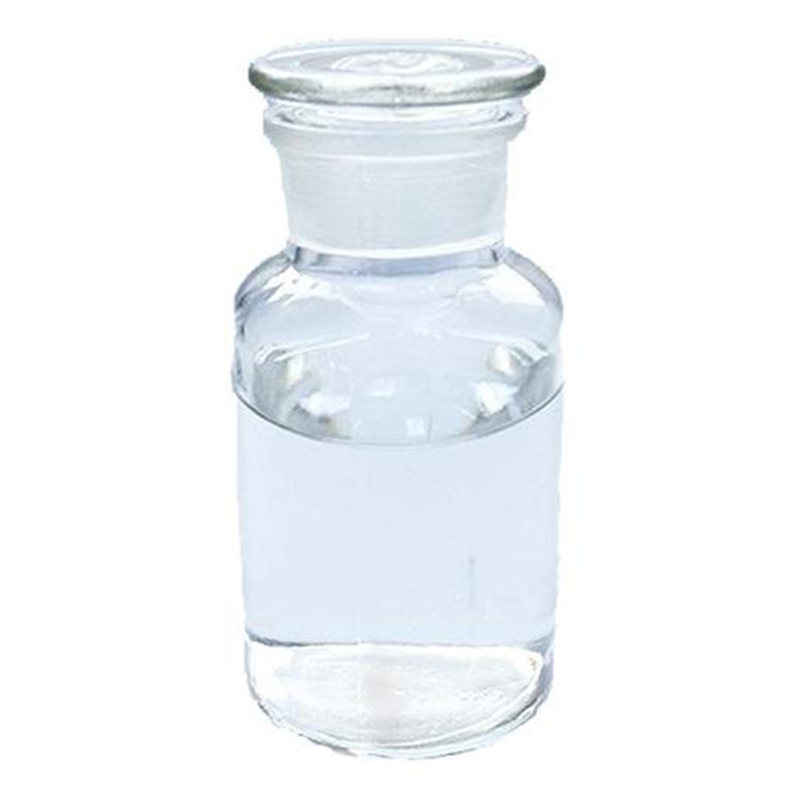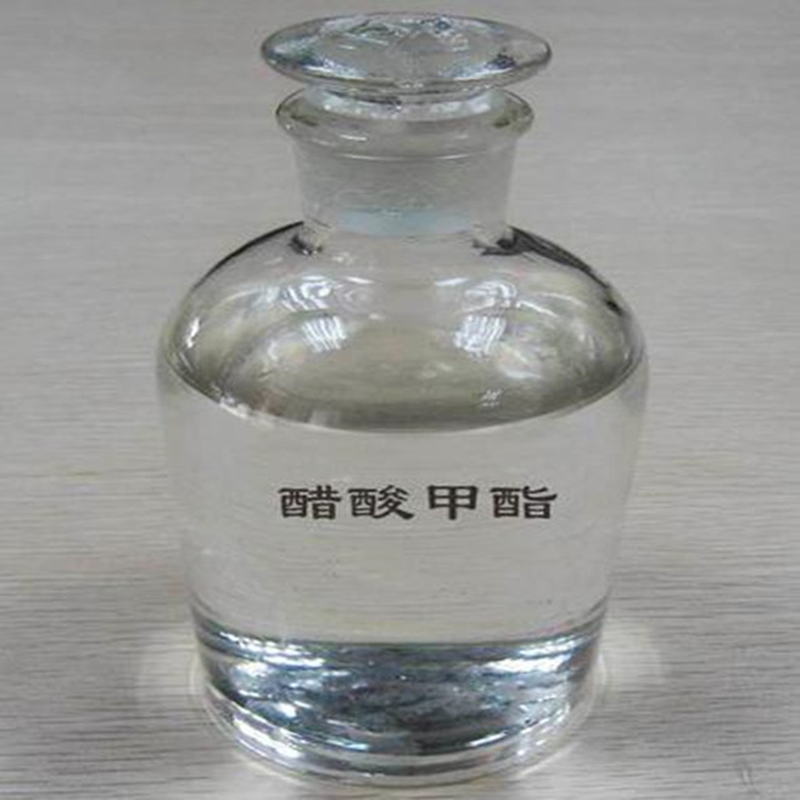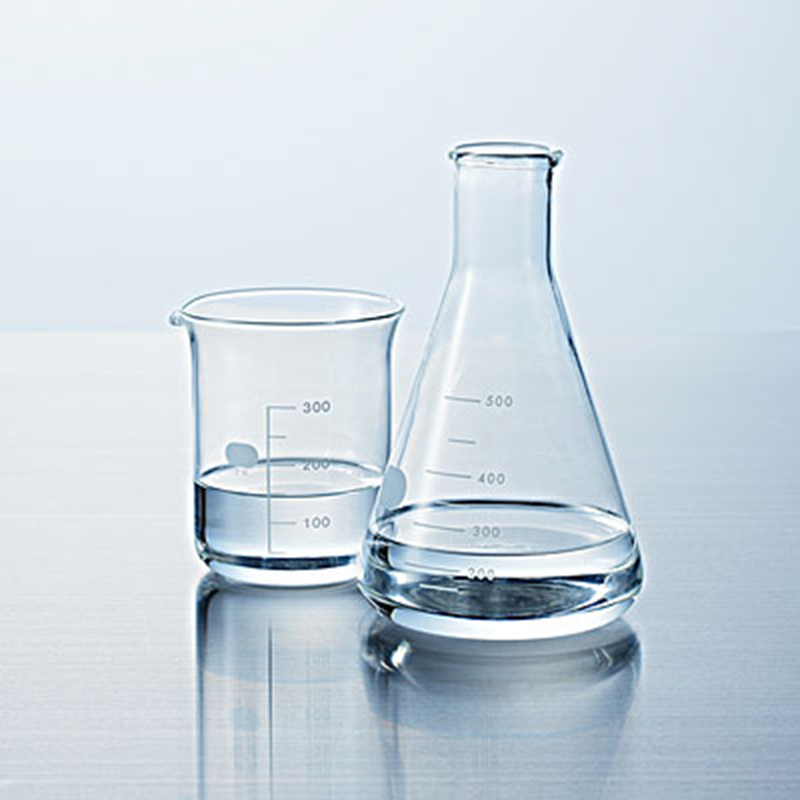
Ethyl acetate
Key words:
Ethyl acetate
Classification:
- Details
-
Ethyl acetate, also known as ethyl acetate, has low toxicity, sweet taste, irritating odor when the concentration is high, and is volatile. It is an important organic chemical raw material and industrial solvent with excellent solubility, fast drying and wide use
Ethyl acetate is sensitive to air, absorbs water and slowly hydrolyzes and is acidic. Ethyl acetate dissolves in water (10% ml/ml); miscible with chloroform, ethanol, acetone and ether; can dissolve some metal salts (such as lithium chloride, cobalt chloride, zinc chloride, ferric chloride, etc.) reaction.
purpose
1. As an industrial solvent, it is used in coatings, adhesives, ethyl cellulose, artificial leather, linoleum colorants, man-made fibers and other products.
2. As an adhesive, it is used in the production of printing inks and artificial pearls.
3. As an extractant, it is used in the production of medicines, organic acids and other products.
4. As a spice raw material, it is used as the main raw material for fruit flavors such as pineapple, banana, strawberry, whiskey, cream and other spices. Fragrance manufacturing, can be used as Baijiu blending spices and artificial flavors.
5. Extractant to extract many compounds (phosphorus, tungsten, arsenic, cobalt) from aqueous solution.
6. Organic solvent. Use as a reference material for calibrating thermometers when separating sugars.
7. Detect bismuth, gold, iron, mercury, oxidants and platinum.
8. Determination of bismuth, boron, gold, iron, molybdenum, platinum, potassium and thallium.
9. Biochemical research, protein sequence analysis.
10. Environmental protection and analysis of pesticide residues.
11. Organic synthesis.
12. It is a fast-drying solvent for nitrocellulose, ethyl cellulose, cellulose acetate and neoprene rubber, and it is also a low-toxicity solvent used in industry.
13. It can also be used as a cleaning agent for the textile industry and an extractant for natural fragrances, and is also an important raw material for the pharmaceutical industry and organic synthesis.
14. GB 2760-96 stipulates that it is a permitted edible spice. Mainly used for incense, persimmon deastringency, granules or tablets for making spices, and vinegar ingredients. Widely used in the preparation of fruit flavors such as cherries, peaches, apricots, and wine flavors such as brandy.
Precautions
1. The esterification reaction is a reversible reaction. In order to increase the yield of esters, the reaction must be carried out in a direction that is conducive to the formation of esters. Generally, it is an excess of the reactants acid and alcohol. In industrial production, which excess is better generally depends on whether the raw materials are readily available, whether the price is cheap, and whether it is easy to recycle. In the laboratory, the method of excessive ethanol is generally used. The mass fraction of ethanol should be high. If absolute ethanol can be used instead of ethanol with a mass fraction of 95%, the effect will be better. The amount of concentrated sulfuric acid used in catalysis is very small. Generally, as long as the mass of sulfuric acid reaches 3% of the mass of ethanol, the catalysis can be completed. However, in order to remove the water generated in the reaction, the amount of concentrated sulfuric acid should be slightly more.
2. When preparing ethyl acetate, the reaction temperature should not be too high. When the temperature is kept between 60 ° C and 70 ° C, impurities such as ether, sulfite or ethylene will be generated when the temperature is too high. After the liquid is heated to boiling, it should be heated with low heat. Several pieces of broken porcelain can be added to the test tube in advance to prevent the liquid from boiling.
3. Do not extend the airway into the Na2CO3 solution to prevent the Na2CO3 solution from being sucked into the test tube of the heated reactant due to uneven heating. And ethanol and acetic acid are very soluble in water, which will cause inversion.
Safety matters
Hazardous characteristics
Flammable, its vapor and air can form an explosive mixture. In case of open flame, high heat energy will cause combustion and explosion. Contact with oxidants will react violently. In a fire, a heated container is in danger of explosion. Its vapor is heavier than air and can spread to a considerable distance at a lower point. In case of open flame, it will lead to a backfire.
Combustion (decomposition) products: carbon monoxide, carbon dioxide.
On-site emergency monitoring method: gas detection pipe method
Laboratory monitoring method: pumpless sampling gas chromatography (WS/T155-1999, workplace air)
Vapors may cause drowsiness and dizziness. Long-term exposure may cause dry and cracked skin.
Storage and transportation
1. This product is a first-class flammable product and should be stored in a low-temperature ventilated place away from the source of fire.
2. Take measures to prevent static electricity from occurring. When loading and unloading, it should be loaded lightly to prevent damage to packaging and containers and prevent the accumulation of static electricity.
3. The product should be stored in a cool and ventilated warehouse. The warehouse temperature should not exceed 30 ° C to prevent direct sunlight and keep the container airtight. It should be stored separately from oxidants, acids and bases, etc. The storage area should be equipped with leakage emergency equipment and suitable containment materials.
4. The workplace should be ventilated and breathable, and operators should wear protective equipment.
Emergency treatment
Inhalation: Quickly leave the scene to fresh air. Keep the airway unobstructed. If breathing difficulties, give oxygen. If breathing stops, give artificial respiration immediately. Seek medical attention.
Accidental ingestion: drink enough warm water, induce vomiting, and seek medical attention.
Skin Contact: Remove contaminated clothing and rinse skin thoroughly with soapy water and water.
Eye Contact: Lift the eyelids and rinse with running water or normal saline. Seek medical attention.
Extinguishing agent: anti-soluble foam, carbon dioxide, dry powder, sand. Water extinguishing is ineffective.
Fire extinguishing precautions: Water can be used to keep the container cool in the fire scene.
Leak treatment
Spill emergency treatment Quickly evacuate personnel from the spill-contaminated area to the safe area, quarantine them, and strictly restrict access. Cut off the source of fire. It is recommended that emergency response personnel wear self-contained positive pressure breathing apparatus and fire protective clothing. Cut off the source of leakage as much as possible to prevent entry into restricted spaces such as sewers and flood drains.
Small leaks: Absorb with activated carbon or other inert materials. It can also be rinsed with plenty of water, diluted with washing water and put into the wastewater system.
Large number of leaks: build embankments or dig pits for containment; cover with foam to reduce vapor disasters. Transfer to a tanker or special collector with an explosion-proof pump, recycle or transport to a waste disposal site for disposal.
Alarm detection
Combustible gas concentration alarm is used to detect the leakage of combustible gas. When there is combustible gas leakage in the industrial environment, when the combustible gas concentration alarm detects that the gas concentration reaches the critical point of explosion, the combustible gas concentration alarm will issue an alarm signal to remind the on-site staff to take safety measures and drive the exhaust, cut-off and spray systems to prevent explosions, fires and poisoning accidents, thereby ensuring safe production.
Safety Manual
Chemical Safety Sheets (MSDS)
Ethyl acetate is non-toxic.
Health hazards: irritating effects on the eyes, nose and throat. High-concentration inhalation can introduce anesthesia, acute pulmonary edema, liver and kidney damage. Continued massive inhalation can cause respiratory paralysis. Those who take it by mistake can cause nausea, vomiting, abdominal pain, diarrhea, etc. It has a sensitizing effect, causing gingival bleeding due to vascular and nerve disorders; it can cause eczema-like dermatitis. Chronic effects: Long-term exposure to this product can sometimes cause corneal opacity, secondary anemia, leukocytosis, etc.
Explosion hazard: This product is flammable, irritating and allergenic.
Hazardous characteristics: flammable, its vapor and air can form an explosive mixture, which can cause combustion and explosion in case of open flame and high heat energy. Reacts violently in contact with oxidants. Its vapor is heavier than air and can spread to a considerable distance at a lower place. In case of fire, it will catch fire and backfire.
Leave A Message
More Products





